S & J's Big Adventure
We returned to town via The Salient. This is the area around Ypres which was the scene of some of the biggest battles in World War I.
Ypres had long been fortified to keep out invaders. Parts of the early ramparts, dating from 1385, still survive near the Lille Gate. Over time, the earthworks were replaced by sturdier masonry and earth structures and a partial moat. Ypres was further fortified in the 17th and 18th centuries while under the occupation of the Habsburgs and the French. Major works were completed at the end of the 17th century by the French.
Sharyn Sinclair
69 chapters
The Ypres Salient
October 11, 2015
|
Belgium
We returned to town via The Salient. This is the area around Ypres which was the scene of some of the biggest battles in World War I.
Ypres had long been fortified to keep out invaders. Parts of the early ramparts, dating from 1385, still survive near the Lille Gate. Over time, the earthworks were replaced by sturdier masonry and earth structures and a partial moat. Ypres was further fortified in the 17th and 18th centuries while under the occupation of the Habsburgs and the French. Major works were completed at the end of the 17th century by the French.
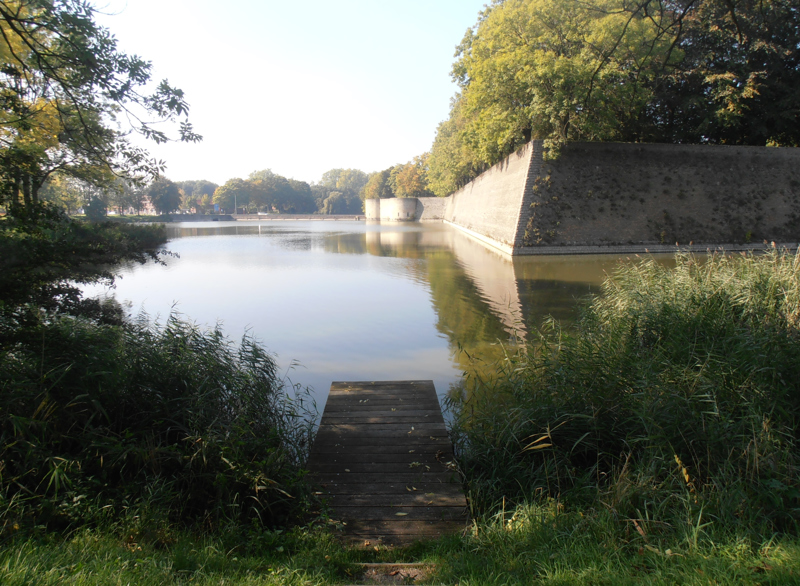
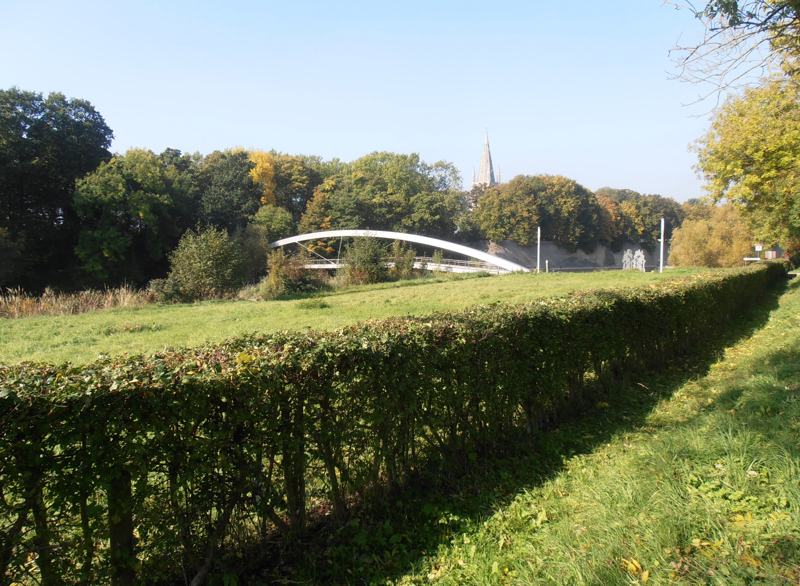
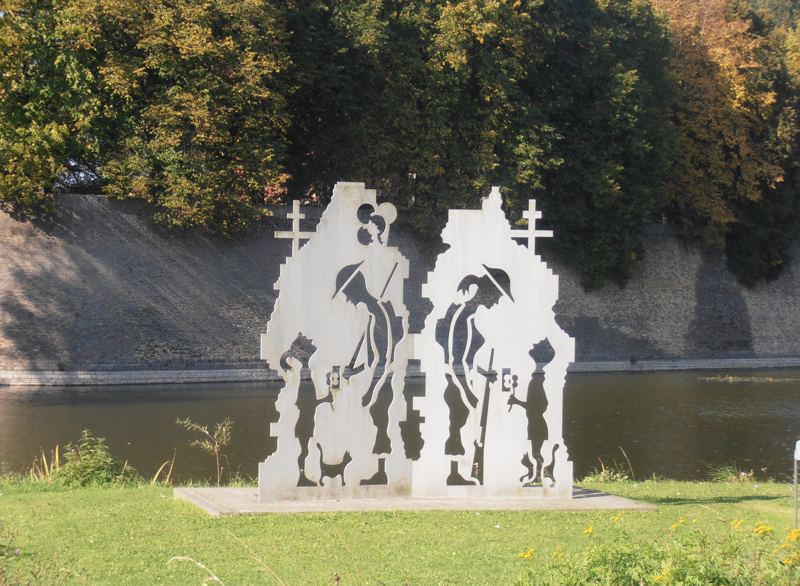
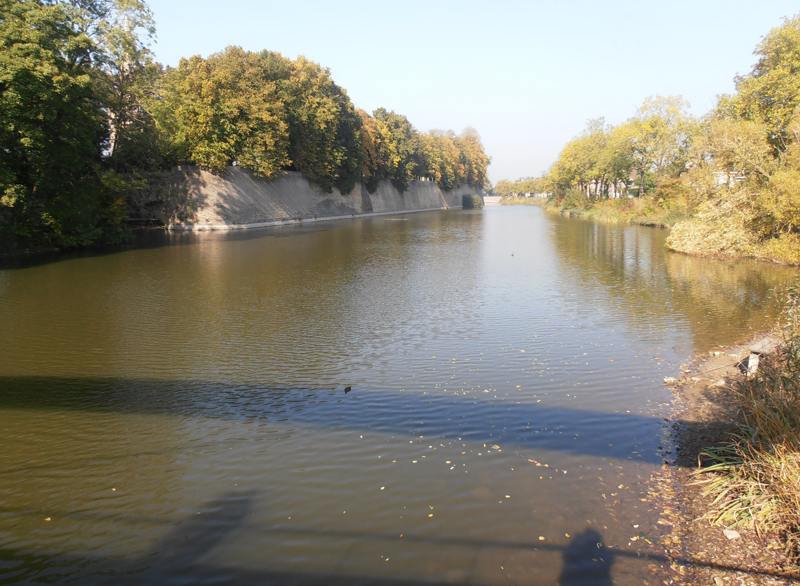
In military terms, a salient is a battlefield feature that projects into enemy territory. Therefore, the salient is surrounded by the enemy on three sides, making the troops occupying the salient vulnerable.
The Ypres Salient was formed by British, French, Canadian and Belgian defensive efforts against German incursion during the 1914 "Race to the Sea", culminating in the Battle of the Yser and the First Battle of Ypres.
These battles saved Ypres and the corner of Belgium from German occupation, but also led to the beginning of trench warfare in the salient as both sides "dug in" around the line. The landscape around Ypres is mostly flat, with few rises or hills. Those that did exist became the focus for the 1915 Second Battle of Ypres, which saw the first use of gas and the almost total destruction and evacuation of Ypres. During this battle, the Allied units were forced to draw back to a line of trenches closer to Ypres. This line was to define the Ypres Salient for over two years, during which Hooge lay in one of the eastern-most sectors of the salient and became a site of intense and sustained fighting. This situation changed little despite extensive tunneling prior to the Battle of Messines in 1917 and the Third Battle of Ypres at Passchendaele in the same year.
After the Third Battle of Ypres, the Ypres Salient was left relatively quiet until the Fourth Battle of Ypres, the Battle of the Lys, when the Spring Offensive threatened to overwhelm the entire area. This offensive was stopped at the point the Allies were closest to being forced to abandon the salient. By August 1918, the Fifth Battle of Ypres (part of the Hundred Days Offensive) pushed the German forces out of the salient entirely and they did not return.
Today, it is a serene park like area where locals walk with their children and dogs. It is still and peaceful and there is pleasant residential housing on the outside. Quite a contrast to the town on the inside.
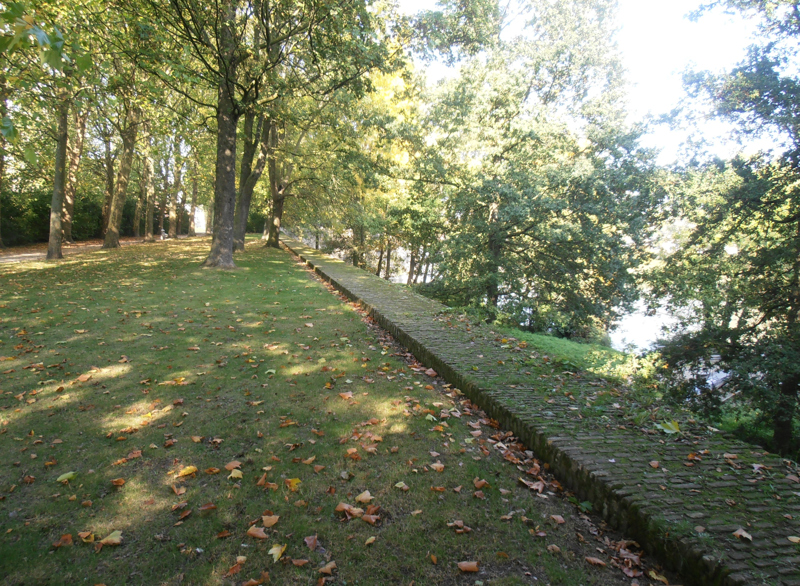
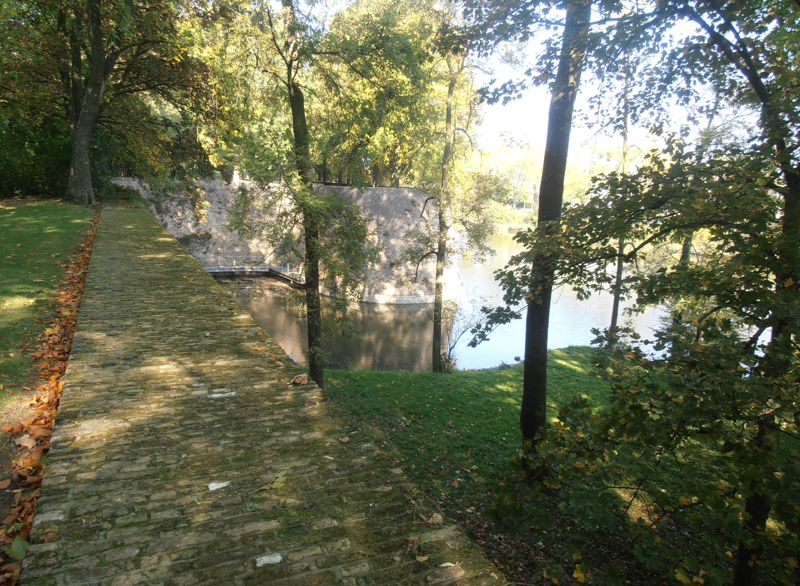


1.
Hello Hong Kong
2.
Western Markets
3.
Kennedy Town
4.
Victoria Peak
5.
Old Blighty
6.
Leaving Lancaster
7.
Kendal
8.
Lake District
9.
Grayrigg & Manchester
10.
Birthplace of the Gallen's
11.
Derg Castle
12.
Belleek and Donegal
13.
Dublin
14.
Dublin to Chester
15.
The friendliness of the Irish
16.
Rugby & Crick
17.
Northampton
18.
Cambridge
19.
Granada Television
20.
Afternoon with Anne
21.
No 14 Bus to Harrods and the Victoria & Albert Museum
22.
Buckingham Palace
23.
Westminster
24.
Supreme Court
25.
Imperial War Museum, Covent Garden and China Town
26.
St Giles and Oxford Street
27.
Trafalgar Square & National Portrait Gallery
28.
Eurostar to Brussels
29.
Alone in Antwerp
30.
Fabulous Antwerp
31.
Arrivederchi Antwerp, Hello Holland
32.
Spijkenisse
33.
Bruges, I'm on my way
34.
In Bruges
35.
Still In Bruges
36.
Last morning in Bruges - return to Brussels
37.
Back in Brussels
38.
Another City, Another Hospital
39.
Brussels to Ypres, oops!!!
40.
We will remember them
41.
The Ypres Salient
42.
In Flanders Fields Museum
43.
Ramparts War Cemetery and Hill 62
44.
Ypres to Paris
45.
Washing Day
46.
Notre-Dame Cathedral
47.
The Green Wall of 2nd Arrondissement
48.
Little French Shrug
49.
Eiffel Tower
50.
Sacre Coeur & Montmartre
51.
A Little Smoke Signal
52.
Paris to Milan
53.
Milano
54.
Window Shopping
55.
Castello Sforzesco
56.
Milan to Florence
57.
Piazzale Michelangelo (Michelangelo Square)
58.
A Little Retail Therapy
59.
Siena, San Gimignano & Chianti
60.
Porta Romana, Florence
61.
Viareggio
62.
Florence to Rome
63.
Rome
64.
Villa Magnolia
65.
St. Peter's Basilica etc
66.
Aurelio, Rome
67.
Roman Fountains
68.
Arrivederci Roma (what else?)
69.
Kowloon
Share your travel adventures like this!
Create your own travel blog in one step
Share with friends and family to follow your journey
Easy set up, no technical knowledge needed and unlimited storage!